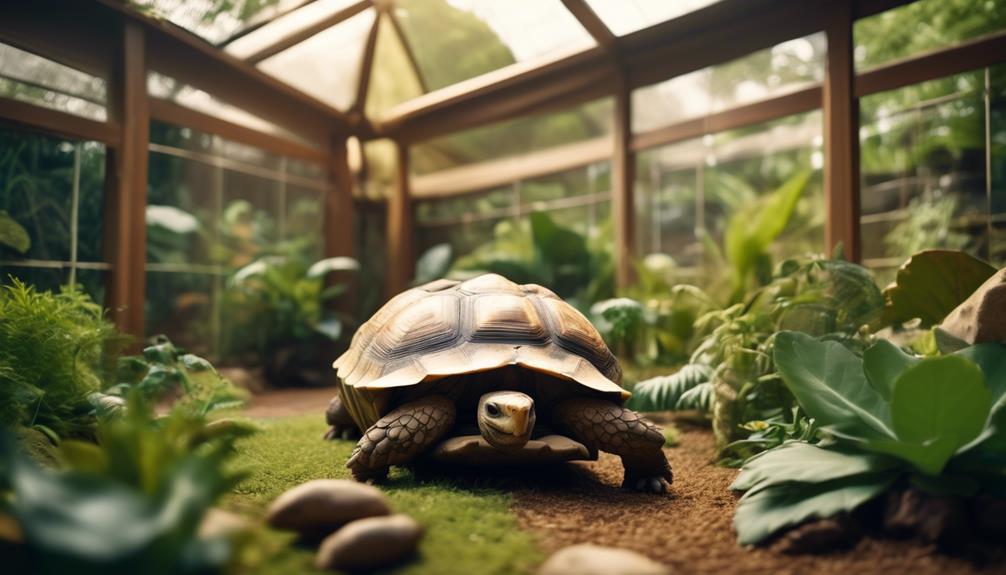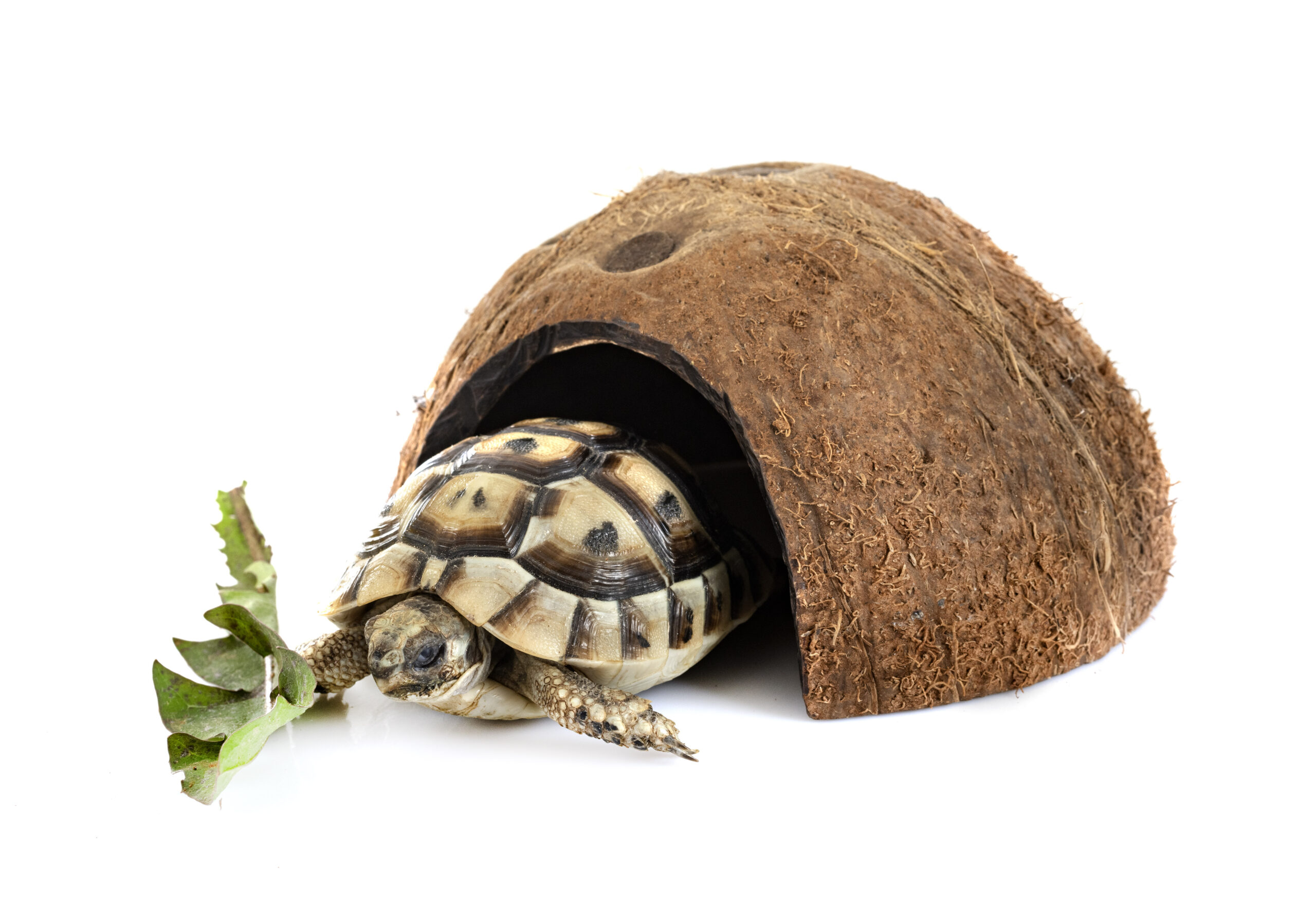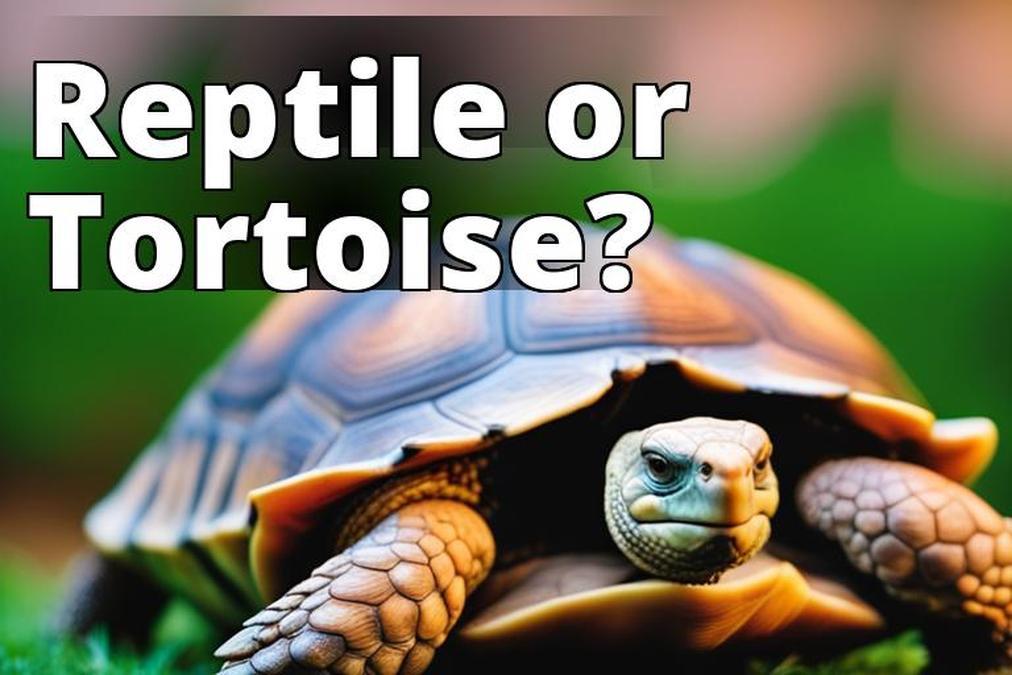Are tortoises good pets? This is a question that many people ask themselves when considering a new pet. Tortoises are fascinating creatures that have been kept as pets for centuries. They have a unique charm that is hard to resist, and their docile nature makes them ideal companions for many people. However, before you decide to bring a tortoise home, there are several pros and cons to consider.
Pros of Keeping Tortoises as Pets
Calm and Gentle Nature
One of the most appealing aspects of keeping a tortoise as a pet is their calm and gentle nature. Unlike other pets that may be hyperactive or require a lot of attention, tortoises are generally content to spend their days basking in the sun or exploring their enclosure. They are not particularly social animals, but they do enjoy human interaction and can become quite attached to their owners.
Long Lifespan
Another advantage of keeping a tortoise is their long lifespan. Depending on the species, a tortoise can live for several decades or even more than a century. This means that they can be a lifelong companion and provide a sense of continuity that other pets may not.
Low Maintenance
Tortoises are relatively low maintenance pets, which makes them appealing to those who may not have a lot of time or energy to devote to pet care. They do not require daily walks or grooming like dogs, and they do not have the same level of energy as cats. As long as their enclosure is set up properly and they are given the proper diet and care, they can thrive with minimal attention.
Can Teach Responsibility and Provide Educational Opportunities
Tortoises can also be a great way to teach children about responsibility and the natural world. Caring for a tortoise requires a certain level of commitment and responsibility, and it can be a great way to teach children about the importance of taking care of another living creature. Additionally, learning about the natural habitat and dietary needs of tortoises can be a valuable educational opportunity.
Pros and Cons of Keeping Tortoises as Pets
- Pros include their calm nature, long lifespan, and low maintenance.
- Cons include the expense of setting up their habitat, potential health issues, and long-term commitment required.
- Factors to consider before getting a tortoise include time, financial, and space requirements, as well as compatibility with other pets and legal considerations.
Cons of Keeping Tortoises as Pets
Expense of Setting up a Suitable Habitat
One of the biggest drawbacks of keeping a tortoise as a pet is the expense of setting up a suitable habitat. Tortoises require a specific type of enclosure that includes UVB lighting, a heat source, and a substrate that is appropriate for their species. The cost of these items can add up quickly, and it is important to ensure that the enclosure is set up properly to avoid health issues.
Potential for Health Issues
While tortoises are generally hardy animals, there is always the potential for health issues to arise. They can be susceptible to respiratory infections, shell rot, and other ailments if their enclosure is not set up properly or if they are not given the proper diet and care. Additionally, some species of tortoises are prone to certain health issues, which should be taken into consideration before bringing one home as a pet.
Long-Term Commitment Required
Tortoises are a long-term commitment, and they require a significant amount of care and attention over the course of their lifespan. This means that they may not be the best choice for someone who is looking for a short-term pet or who may not be able to provide the necessary care over the long term.
Factors to Consider Before Getting a Tortoise
Before deciding to get a tortoise, there are several factors that should be taken into consideration:
Time Commitment Required
As mentioned earlier, tortoises are a long-term commitment and require a significant amount of care and attention over the course of their lifespan. This means that potential owners should be prepared to devote the necessary time and energy to provide proper care.
Financial Commitment Required
Tortoises can be expensive pets to care for, particularly when it comes to setting up a suitable enclosure. Additionally, they may require veterinary care over the course of their lifespan, which can also be costly.
Space Requirements
Tortoises require a certain amount of space in their enclosure to move around and explore. This means that potential owners should ensure that they have enough space in their home to set up an appropriate enclosure.
Compatibility with Other Pets
If you have other pets in your home, it is important to consider whether a tortoise would be compatible with them. Some pets, such as dogs and cats, may view a tortoise as prey and may not be suitable companions.
Legal Considerations
Finally, it is important to consider any legal restrictions on keeping tortoises as pets in your area. Some species of tortoises may be protected or may require a permit to keep as pets.
Choosing the Right Tortoise
| Species | Characteristics |
|---|---|
| Russian Tortoise | Small size, indoor pet, herbivorous, lives up to 50 years |
| Sulcata Tortoise | Large size, outdoor pet, herbivorous, lives up to 80 years |
| Leopard Tortoise | Medium size, outdoor pet, herbivorous, lives up to 80 years |
| Hermann’s Tortoise | Small size, indoor/outdoor pet, herbivorous, lives up to 80 years |
If you have decided that a tortoise is the right pet for you, the next step is to choose the right species. There are several different types of tortoises available as pets, each with its own unique requirements and characteristics.
Overview of Different Species of Tortoises
Some of the most popular species of tortoises that are kept as pets include the Russian tortoise, the sulcata tortoise, the leopard tortoise, and the Hermann’s tortoise. Each of these species has its own unique characteristics and requirements, which should be taken into consideration when choosing a tortoise.
Which Species are Best Suited for Indoor or Outdoor Habitats
Some species of tortoises are better suited for indoor habitats, while others thrive in outdoor enclosures. For example, the Russian tortoise is a popular indoor pet, while the sulcata tortoise requires a large outdoor enclosure to thrive.
Size and Lifespan of Different Tortoise Species
Tortoises can vary greatly in size and lifespan, with some species growing only a few inches long and others reaching several feet in length. Additionally, some species can live for several decades, while others may live for more than a century.
Tortoise Habitat
Once you have chosen a tortoise species, the next step is to set up a suitable enclosure. The enclosure should be large enough to allow the tortoise to move around and should include the proper lighting, heating, and substrate.
Size and Setup Requirements for a Tortoise Enclosure
The size and setup requirements for a tortoise enclosure will depend on the species of tortoise and whether it will be kept indoors or outdoors. As a general rule, the enclosure should be at least four times the length of the tortoise and should include hiding places and enrichment items.
Temperature and Humidity Requirements
Tortoises require specific temperature and humidity levels in their enclosure to thrive. This means that owners should ensure that the enclosure is set up with the proper heating and lighting, and that the humidity levels are appropriate for the species of tortoise.
Types of Substrate and Lighting Needed
The substrate and lighting in a tortoise enclosure are also important factors to consider. The substrate should be appropriate for the species of tortoise and should be changed regularly to maintain hygiene. Additionally, the lighting should include a UVB source to ensure that the tortoise receives the necessary nutrients.
Importance of Providing Hiding Places and Enrichment
Finally, it is important to provide hiding places and enrichment items in the tortoise enclosure. This can include things like rocks, logs, and plants, which can provide stimulation and a sense of security for the tortoise.
Feeding and Nutrition
Tortoises require a specific diet to stay healthy and thrive. It is important to provide the proper nutrients and avoid foods that can be harmful to the tortoise.
Dietary Requirements of Tortoises
Tortoises require a diet that is high in fiber and low in protein and fat. This means that they should be fed a variety of greens and vegetables, as well as occasional fruits and flowers.
Types of Food Tortoises Should and Should Not Eat
There are several foods that tortoises should avoid, including foods that are high in protein and fat. Additionally, some fruits and vegetables can be harmful to tortoises if fed in excess.
How Often to Feed a Tortoise
The frequency of feeding will depend on the species of tortoise and its age. As a general rule, tortoises should be fed daily, with younger tortoises requiring more frequent feedings.
Importance of Providing Fresh Water
Tortoises also require access to fresh water at all times. This can be provided in a shallow dish or bowl, and should be changed regularly to maintain hygiene.
Health and Care
Tortoises require regular care to maintain their health and prevent health issues from arising.
Common Health Issues in Tortoises and How to Prevent and Treat Them
Some of the most common health issues in tortoises include respiratory infections, shell rot, and parasites. These can be prevented by ensuring that the enclosure is set up properly and that the tortoise is given the proper diet and care.
Basics of Tortoise Hygiene, Including Bathing and Shell Care
Tortoises also require basic hygiene care, including bathing and shell care. This can help prevent issues like shell rot and can keep the tortoise healthy and comfortable.
Importance of Regular Vet Check-Ups
Finally, regular vet check-ups are important for ensuring that the tortoise is healthy and that any health issues are caught early. It is recommended that tortoises receive a check-up at least once a year.
Training and Enrichment
While tortoises are not as trainable as some other pets, there are still ways to provide enrichment and stimulation.
Teaching Your Tortoise to Recognize Its Name
Tortoises can learn to recognize their names, as well as other commands and cues. This can provide a level of interaction and stimulation for both the tortoise and its owner.
Encouraging Natural Behaviors
Tortoises have natural behaviors, such as digging and basking, that can be encouraged in the enclosure. This can provide stimulation and a sense of normalcy for the tortoise.
Providing Stimulation and Enrichment to Prevent Boredom
Finally, providing stimulation and enrichment items in the enclosure can help prevent boredom and keep the tortoise healthy and happy.
Personal Experience: A Case Study of Keeping a Tortoise as a Pet
When I was in college, I decided to get a tortoise as a pet. I did my research and found a reputable breeder who helped me choose a healthy, captive-bred Russian tortoise. At first, I kept him in a small terrarium, but I quickly realized that he needed more space to move around.
I invested in a large tortoise table and set it up with a heat lamp, UVB lighting, and a variety of hiding places and enrichment items. I also learned how to provide a balanced diet of vegetables, fruits, and calcium supplements.
Over the years, my tortoise has taught me a lot about patience and responsibility. He’s a low-maintenance pet, but he still requires daily care and attention. I’ve also learned to recognize when he’s not feeling well and to seek veterinary care when needed.
While I love my tortoise and enjoy watching him explore his habitat, I also recognize that he’s not the best pet for everyone. Keeping a tortoise requires a significant investment of time, money, and space, and it’s not a decision to be taken lightly. Watching my tortoise grow and thrive has been a rewarding experience, but it’s important to carefully consider the pros and cons before deciding to bring a tortoise into your home.
Conclusion
In conclusion, tortoises can make great pets for the right person. They are calm, gentle, and have a unique charm that is hard to resist. However, there are pros and cons to keeping a tortoise, and it is important to carefully consider all of the factors before bringing one home. With the proper care, attention, and setup, tortoises can be a lifelong companion and a fascinating addition to any household.
If you are interested in learning more about keeping tortoises as pets, be sure to check out our other articles, including “Best Tortoise as a Pet” and “How Long Do Tortoises Live?”.







